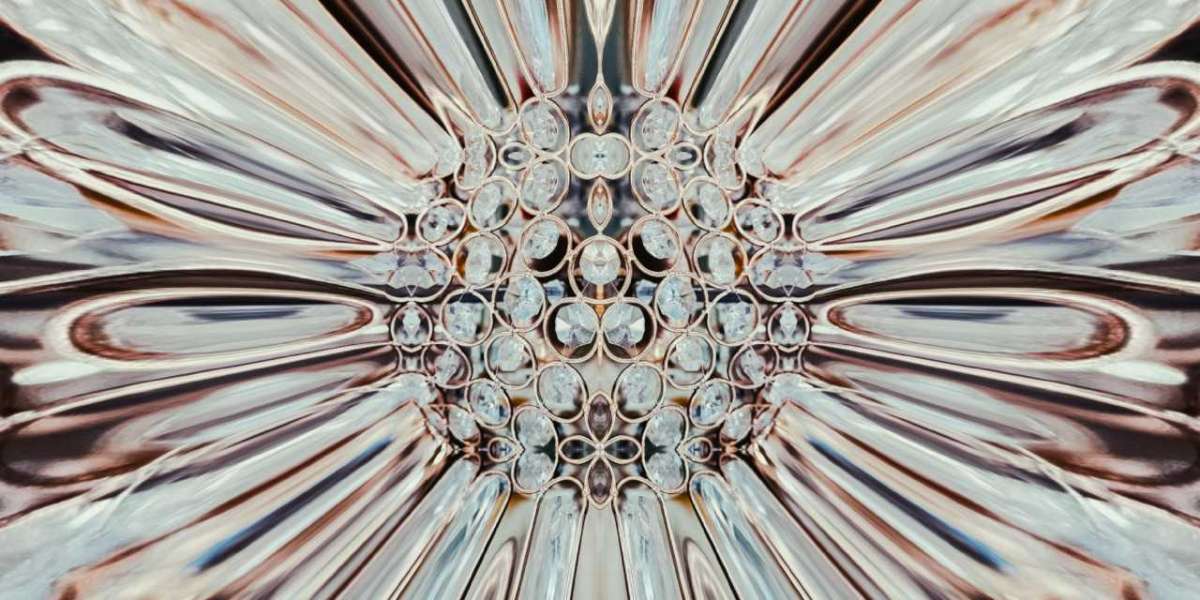Decoding the Mysteries of Bone China vs. Porcelain: What Sets Them Apart?
Understanding Bone China
When it comes to fine dining and elegant tableware, bone china is often the material of choice. But what exactly is bone china and how does it differ from porcelain? Let's delve into the mysteries and uncover the secrets that set them apart.
Bone china is a type of ceramic that is known for its delicate and translucent appearance. It is made from a combination of clay, bone ash, and feldspar. The addition of bone ash, usually sourced from cattle, gives bone china its unique characteristics. The bone ash acts as a flux, reducing the melting temperature of the clay and allowing for a more refined and durable final product.
One key feature of bone china is its exceptional strength and durability. Despite its delicate appearance, bone china is actually stronger than regular porcelain. This makes it highly resistant to chipping and cracking, making it a popular choice for fine dining establishments and households alike.
Exploring Porcelain
Porcelain, on the other hand, is a type of ceramic that is made from a mixture of clay and other minerals, such as feldspar and quartz. Unlike bone china, porcelain does not contain bone ash. Instead, it relies on the natural properties of the clay and minerals to achieve its desired characteristics.
Porcelain is known for its pure white color and smooth, glass-like finish. It is also highly durable and resistant to heat, making it suitable for a wide range of applications, from tableware to decorative items. Porcelain is often associated with elegance and sophistication, and its timeless beauty has made it a favorite among collectors and enthusiasts.
Key Differences
While bone china and porcelain share many similarities, there are a few key differences that set them apart. One of the main differences lies in the composition of the materials used. Bone china contains bone ash, which gives it a unique translucency and strength. Porcelain, on the other hand, relies solely on the properties of clay and minerals.
Another difference lies in the firing temperature. Bone china is fired at a lower temperature compared to porcelain, which results in a more delicate and translucent appearance. Porcelain, on the other hand, is fired at a higher temperature, which gives it a denser and more durable finish.
Additionally, bone china tends to be more expensive than porcelain due to the additional cost of sourcing and processing bone ash. This, combined with its superior strength and elegance, makes bone china a prized possession for many.
Conclusion
In conclusion, bone china and porcelain are both exquisite materials that have their own unique characteristics. Bone china, with its delicate appearance and exceptional strength, is often favored for fine dining and special occasions. Porcelain, with its pure white color and timeless beauty, is a classic choice for a wide range of applications.
Decoding the Mysteries of Bone China vs. Porcelain: What Sets Them Apart? is a fascinating journey into the world of ceramics, where tradition and craftsmanship meet innovation and elegance. Whether you prefer the delicate translucency of bone china or the timeless beauty of porcelain, both materials have their own place in the world of fine tableware.








